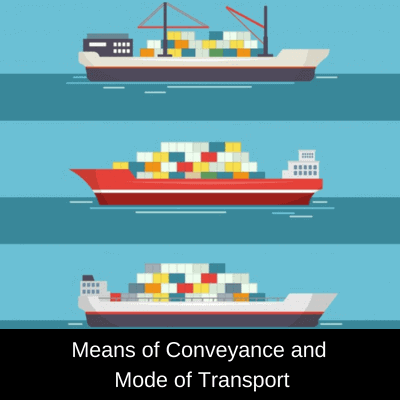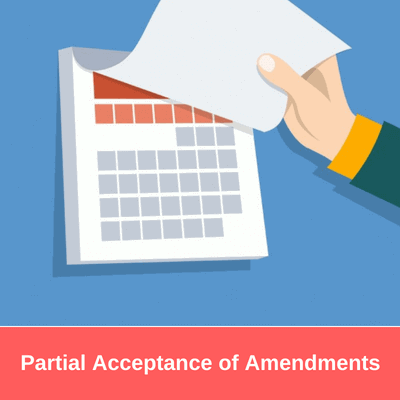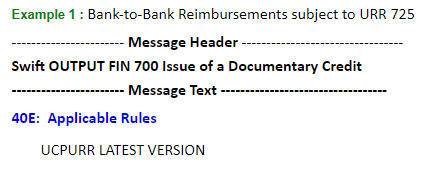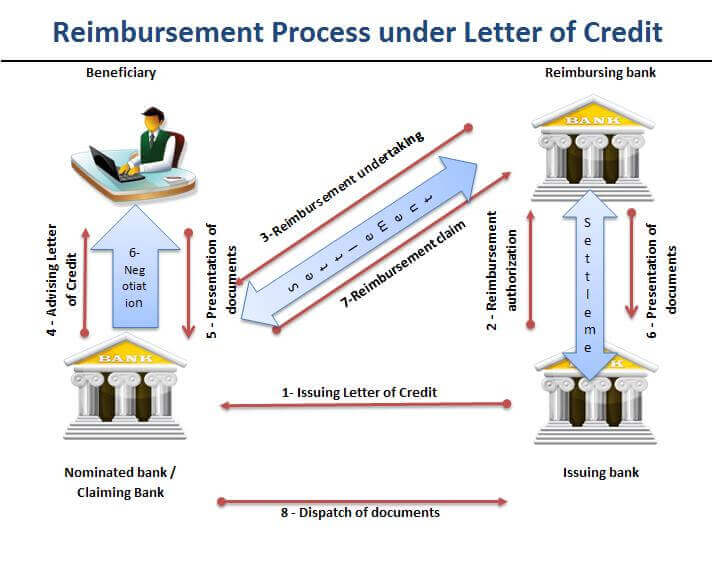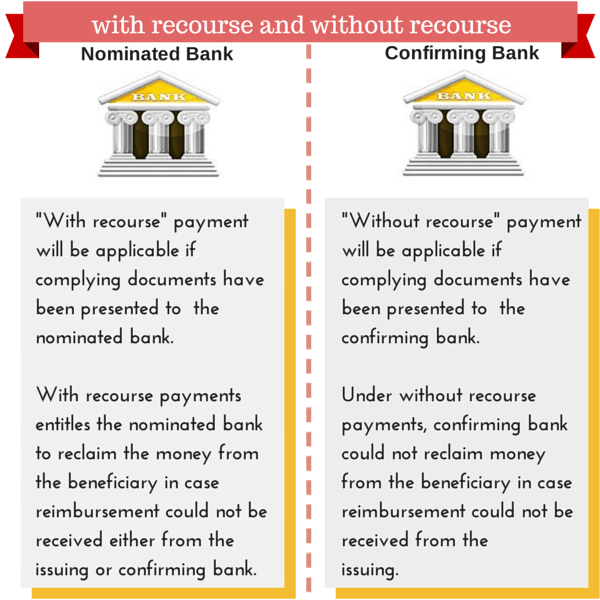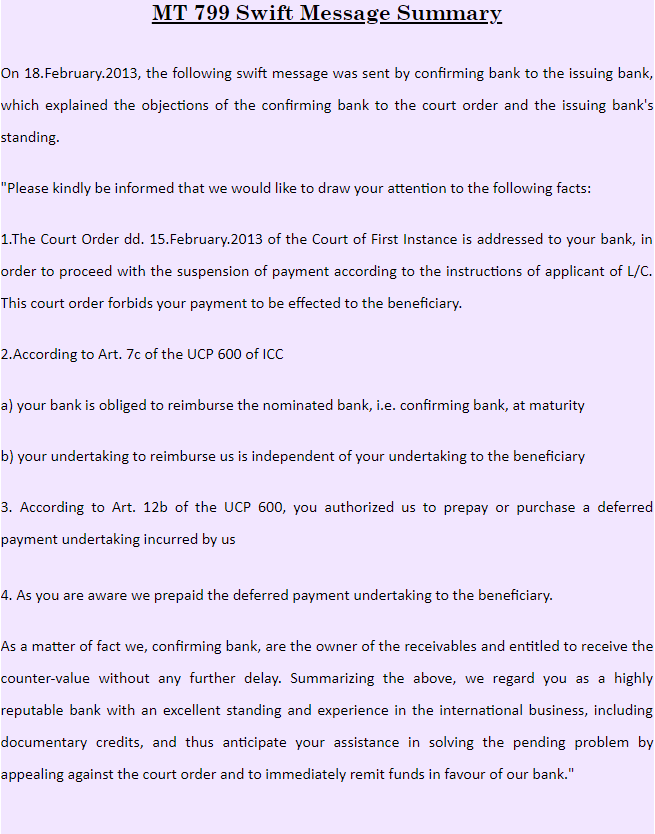When the addresses of the beneficiary and the applicant appear in any stipulated document, they need not be the same as those stated in the credit or in any other stipulated document, but must be within the same country as the respective addresses mentioned in the credit.
Laura from Germany is asking a question regarding the beneficiary’s address.
She would like to know whether banks can control the address indicated in the letter of credit by comparing it with their internal systems. Below you can find her question and my answer respectively.
Question:
Good day,
I would like to know whether you can advise what responsibility the bank would have if they receive an L/C for their client, to the correct NAME of the beneficiary BUT the address indicated in the L/C does not match with the address in the registry of the bank (customer’s address).
Is the bank supposed to recheck this information BEFORE accepting the L/C?
Also, when the bank receives the shipping documents from their client, again the address in the invoice, packing list, etc. is NOT the same address as they one they have in their registry.
Would very much appreciate your comments.
Thanks / regards
Laura
Answer:
Dear Laura,
“Wrong name and address of the beneficiary or applicant” is one of the most common discrepancy types under l/c transactions.
A beneficiary of the letter of credit has to present discrepancy free documents in order to get his payment from the issuing bank.
The issuing bank has to follow the letter of credit rules when checking the documents.
Related article of the letter of credit rules is mentioned below:
Article 14 – Standard for Examination of Documents
j: When the addresses of the beneficiary and the applicant appear in any stipulated document, they need not be the same as those stated in the credit or in any other stipulated document, but must be within the same country as the respective addresses mentioned in the credit. Contact details (telefax, telephone, email and the like) stated as part of the beneficiary’s and the applicant’s address will be disregarded. However, when the address and contact details of the applicant appear as part of the consignee or notify party details on a transport document subject to articles 19, 20, 21, 22, 23, 24 or 25, they must be as stated in the credit.
k. The shipper or consignor of the goods indicated on any document need not be the beneficiary of the credit.
As it is seen from above quotes, neither the address of the beneficiary or the address of the applicant has to match the addresses stated in the letter of credit. Only exception of this rule is the the consignee or notify party details on the transport documents.
Additionally, according to the letter of credit rules the shipper or consignor of the goods indicated on any document need not be the beneficiary of the credit.
Which means that 3rd party documents are acceptable.
But in some situations, the issuing bank do not allow presentation of 3rd party documents by adding special conditions to the letter of credit.
As a result it is advisable to use both beneficiary and applicant names on the documents as stated in the letter of credit.
Also try to copy the correct addresses of the beneficiary and the applicant to the documents from the letter of credit without making any mistake.
There is no ground for a bank to check a beneficiary’s address with his internal system, as long as the letter of credit do not indicate so.
I assume the issuing bank may have suspected from a fraudulent transaction.

